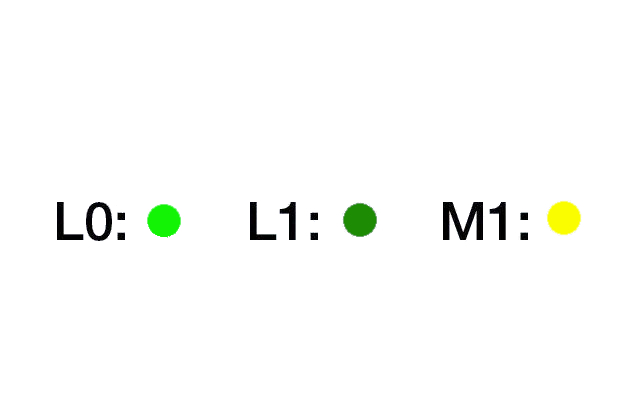|
Anisotropic conducting film
A dhesive film, about 20-30 µm thick, containing a filler material consisting of 3-15 µm thick conductive particles. In the initial state, the particles are spread over the adhesive, conferring the film the property of an insulator. The adhesive film is applied between the circuit patterns to be connected and then pressed together between the two electrodes while heated. As a result, the upper and lower conductors are bonded into a single conductor. Thermosetting epoxy or acrylic resins are used as adhesive. Processing is carried out at a temperature of about 150 °C and a pressure of about 20-50 kg/ cm 2 . This method was originally developed in 1977, but had to be adapted to the smaller pitch distances of modern circuit boards. With this method, pitches as narrow as 0.1 mm can be processed. Initially, carbon particles were used as fillers, but lately solder powder is also commonly used. Solder powder particles are deformed under heat and pressure and form better conductive connections. Besides these, powder coating is also used sometimes. The process is now widely used in plasma screen components.
 |


